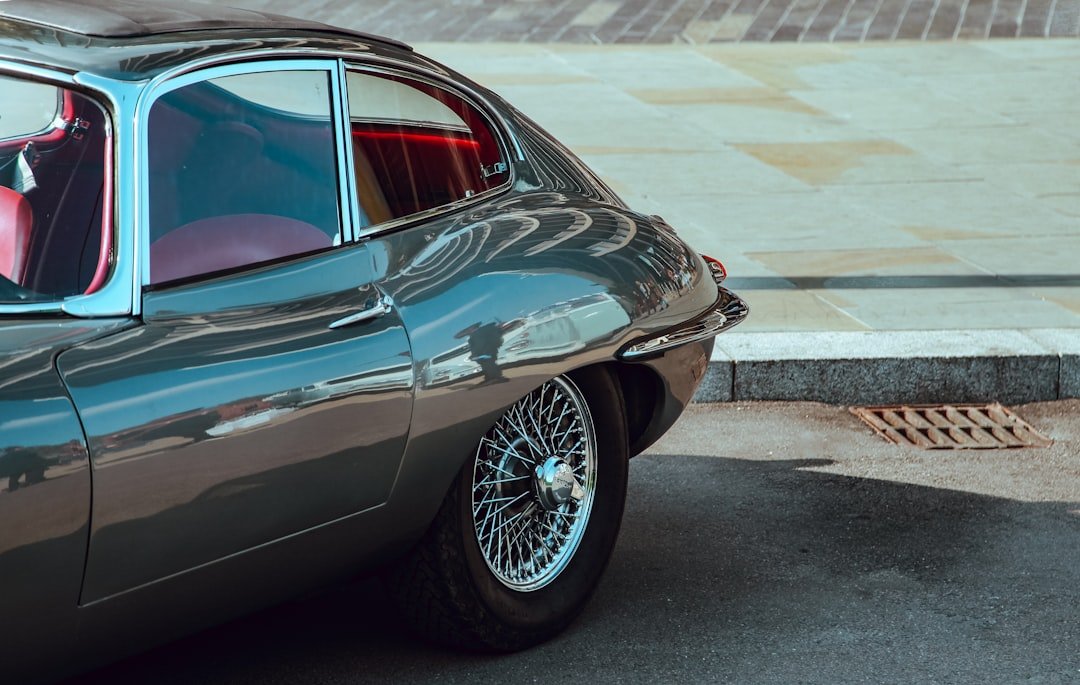
Opting for painted car hoods presents an excellent strategy to refresh your vehicle’s appearance and help it distinguish itself on the road. These components are engineered to minimize reflections and elevate the overall aesthetic appeal significantly.
Cost Considerations for a Fresh Car Hood
When it comes to replacing or fixing your vehicle’s hood, numerous choices exist to suit different needs. The expense of a new hood varies based on the specific vehicle model and the materials selected, such as aluminum, which offers lighter weight but less durability compared to traditional steel, or carbon fiber, known for being up to five times stronger than steel and increasingly popular in modern designs. Background data shows that collisions remain the primary cause for hood replacements, accounting for a significant portion of automotive repair claims annually. However, minor issues like surface rust or small dents can often be addressed through repairs rather than full replacement, potentially saving costs. Professional services might take anywhere from four to ten hours for a repaint, ensuring a seamless color match that enhances the hood’s integration with the rest of the body.
Exploring repair options further, factors like the extent of damage play a key role; for instance, statistics from automotive industry reports indicate that about 70% of hood repairs involve cosmetic fixes rather than structural overhauls.
How to Handle Painting Your Car Hood Independently
Deciding whether to tackle repainting your car hood on your own or enlist professional help requires a solid grasp of the steps involved. To achieve professional results while cutting expenses, it’s essential to plan carefully and understand the investment in both time and resources upfront.
Start by familiarizing yourself with the necessary materials; a quality paint job typically ranges from a few hundred to several thousand dollars, depending on the level of detail. Timelines can vary from a single day for simple applications to a few weeks for more intricate work, so allocating extra hours in your schedule can prevent unexpected delays. For safety, always use a certified respirator, such as those meeting NIOSH or HEPA standards, along with safety goggles and protective attire to avoid health risks from fumes and particles—a precaution backed by occupational health guidelines.
Working in a well-ventilated outdoor space is ideal for optimal outcomes, and gathering supplies from a local auto parts shop is a smart move; don’t forget items like drop cloths to shield the car from unintended spills or damage. Once the paint is applied, allow several days for it to cure fully and an additional period for buffing, which helps maintain the finish’s longevity against environmental wear. Applying the clear coat requires at least two layers, with potential extra coats for added protection; if aiming for a glossy effect, light sanding may be needed, especially with spray or brush methods. Experts often recommend considering pre-painted options for ease and superior results.
Enhancing Your Vehicle’s Exterior with Custom Hoods
Incorporating custom painted car hoods can dramatically improve your vehicle’s visual impact, particularly for those seeking a more dynamic and assertive style. This modification not only boosts curb appeal but also serves as a practical way to protect and personalize your ride.
Even without a full hood replacement, simple enhancements can make a difference; for example, applying paint protection film offers an affordable solution, taking just a few hours and available through online retailers or dealerships. This film acts as a barrier against UV damage, minor scratches, and abrasions, extending the life of your vehicle’s original paint by years, according to protective coating studies. Another creative option is adding a distinctive emblem, with kits available that feature shapes inspired by automotive designs, ranging from subtle all-black styles to vibrant, eye-catching variants, allowing for easy customization without extensive modifications.




